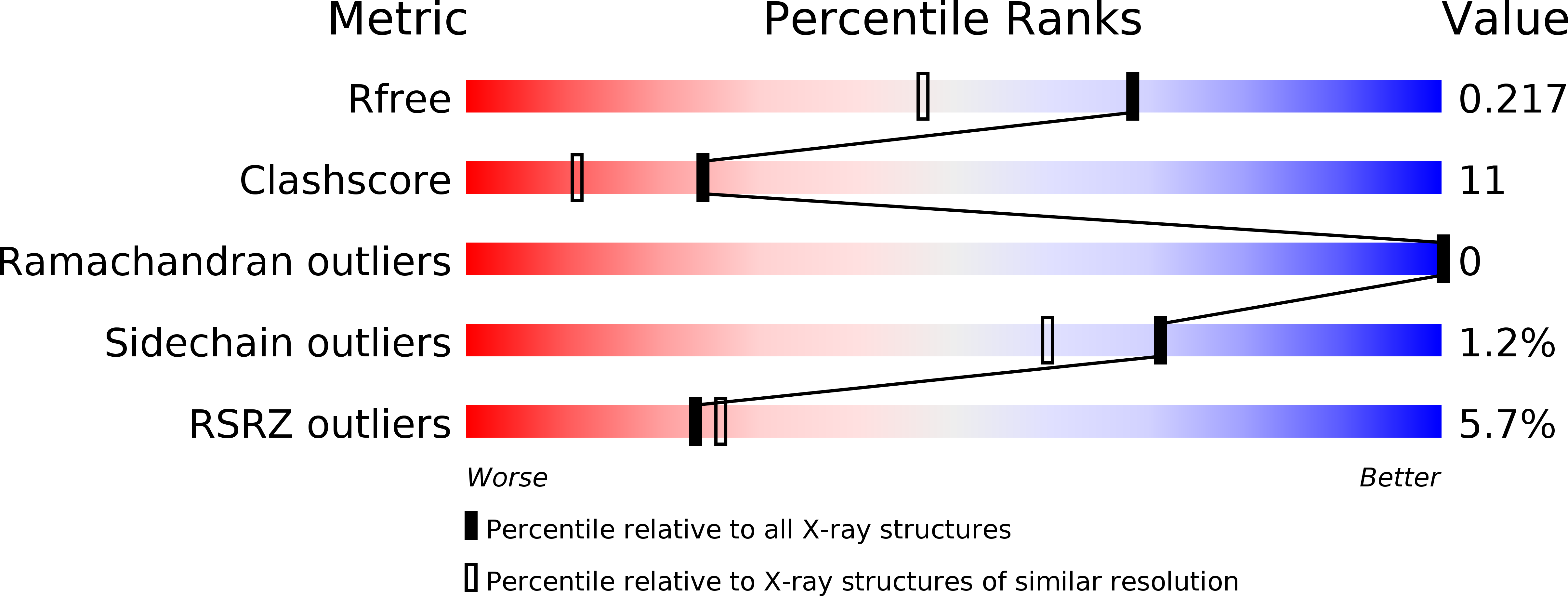
Deposition Date
2008-02-20
Release Date
2008-08-05
Last Version Date
2024-10-30
Entry Detail
PDB ID:
3CAL
Keywords:
Title:
Crystal structure of the second and third fibronectin F1 modules in complex with a fragment of staphylococcus aureus fnbpa-5
Biological Source:
Source Organism:
Homo sapiens (Taxon ID: 9606)
Staphylococcus aureus (strain NCTC 8325) (Taxon ID: 93061)
Staphylococcus aureus (strain NCTC 8325) (Taxon ID: 93061)
Host Organism:
Method Details:
Experimental Method:
Resolution:
1.70 Å
R-Value Free:
0.21
R-Value Work:
0.17
R-Value Observed:
0.17
Space Group:
P 1 21 1


